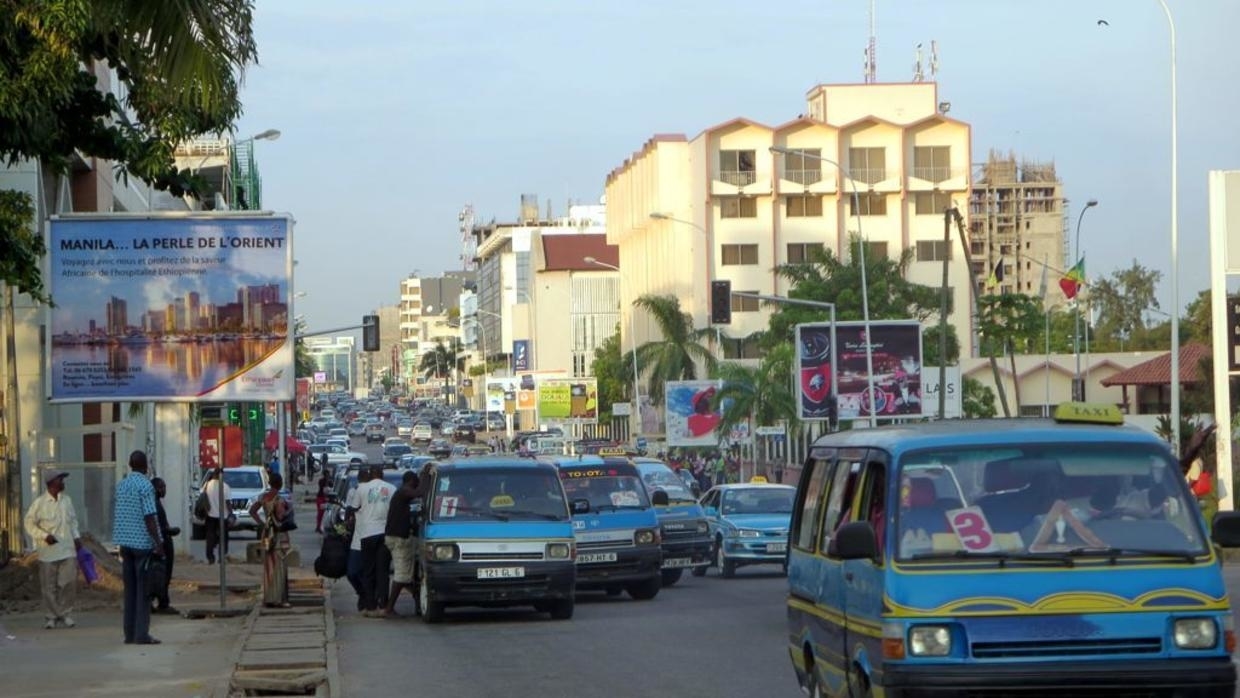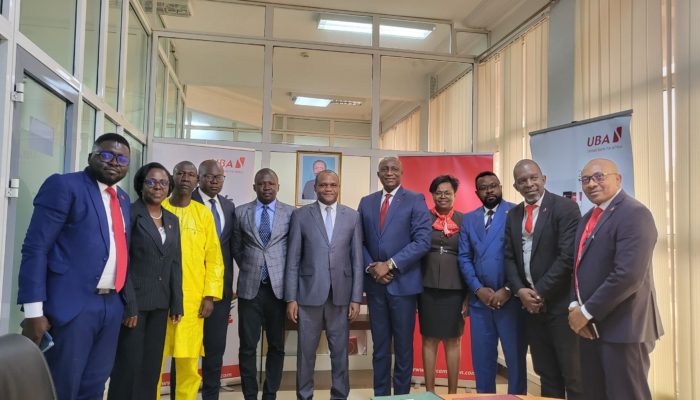According to the monitoring and evaluation mission of the construction works of the Congo-Cameroon fiber optic network, the pilot phase and the construction of the shelters of the fiber optic interconnection network which will link the two countries is progressing as desired .
The mission led, from June 27 to July 1 in Sangha, by the interim national coordinator of the Central African Backbone Congo (CAB) project began by taking stock with the contracting companies of the market: China Communications Services International, HUAWEI and the Globotech MG Telecom consortium, responsible for works control. The reality is such that the construction works of the six technical sites of Ouesso, Paris village, Biessi, Sembé, Souanké and Ntam are completely completed and the two-kilometre pilot section between Ouesso and Mokeko is being built normally.

“We did a two-kilometre test phase, which involved opening the trenches. This phase allows the project to have a clear idea of how the HDPE and the fibre of the entire network will be laid, therefore from Ouesso to Ntam (border between Congo and Cameroon). We also addressed the questions of the official launching of the works which will be placed under the auspices of the Prime Minister, head of the government. However, the preparations will be coordinated by Léon-Juste Ibombo, the Minister in charge of Telecommunications. The official launch is scheduled for early August, ” Michel Ngakala, the project’s Acting Coordinator said.
From an environmental and social point of view, the central African fibre optic backbone project is classified in category 2 in accordance with the requirements of the African Development Bank (AfDB) and Congo in terms of environmental and social safeguard. This is why, within the framework of the Environmental and Social Management Plan, with a view to settling all the disputes which could exist between the contracting authority and the neighbouring populations, a conflict settlement system has been set up by the ADB.
This is how compensation was paid for the damage caused by the company CCSI when it erected the shelter for the village of Paris. The workers of this company destroyed the orange and wild mango trees (Péké) of a group of indigenous women. Right now, the CAB was obliged to settle this accident amicably by paying these damages in cash, in accordance with the Environmental and Social Management Plan.
In addition, the mission ended its round with a report with the managers of the CCSI company, works controllers and members of the CAB project coordination unit. The guideline for the continuation of work on the construction of the Congo-Cameroon high-speed optical fibre network was presented with a view to correcting the imperfections and formulating the proposals making it possible to remedy certain shortcomings noted during the evaluation of the first part of the works.






